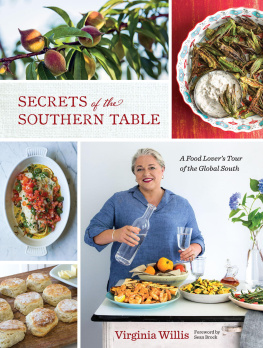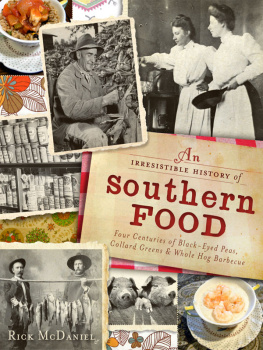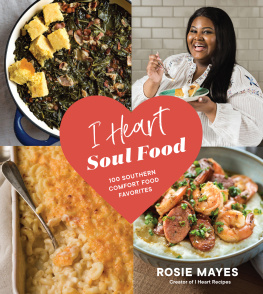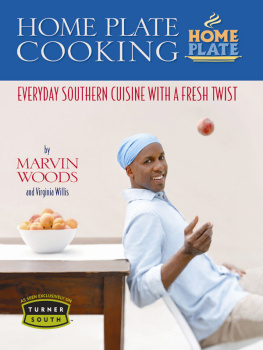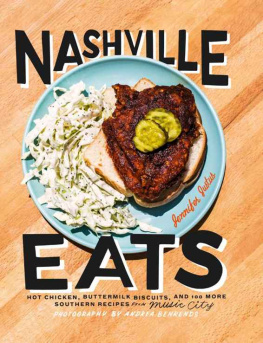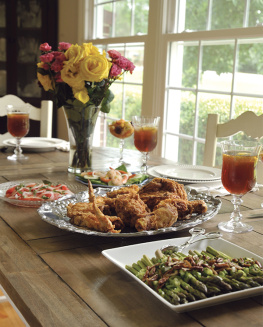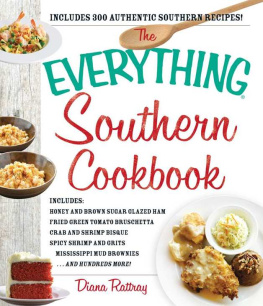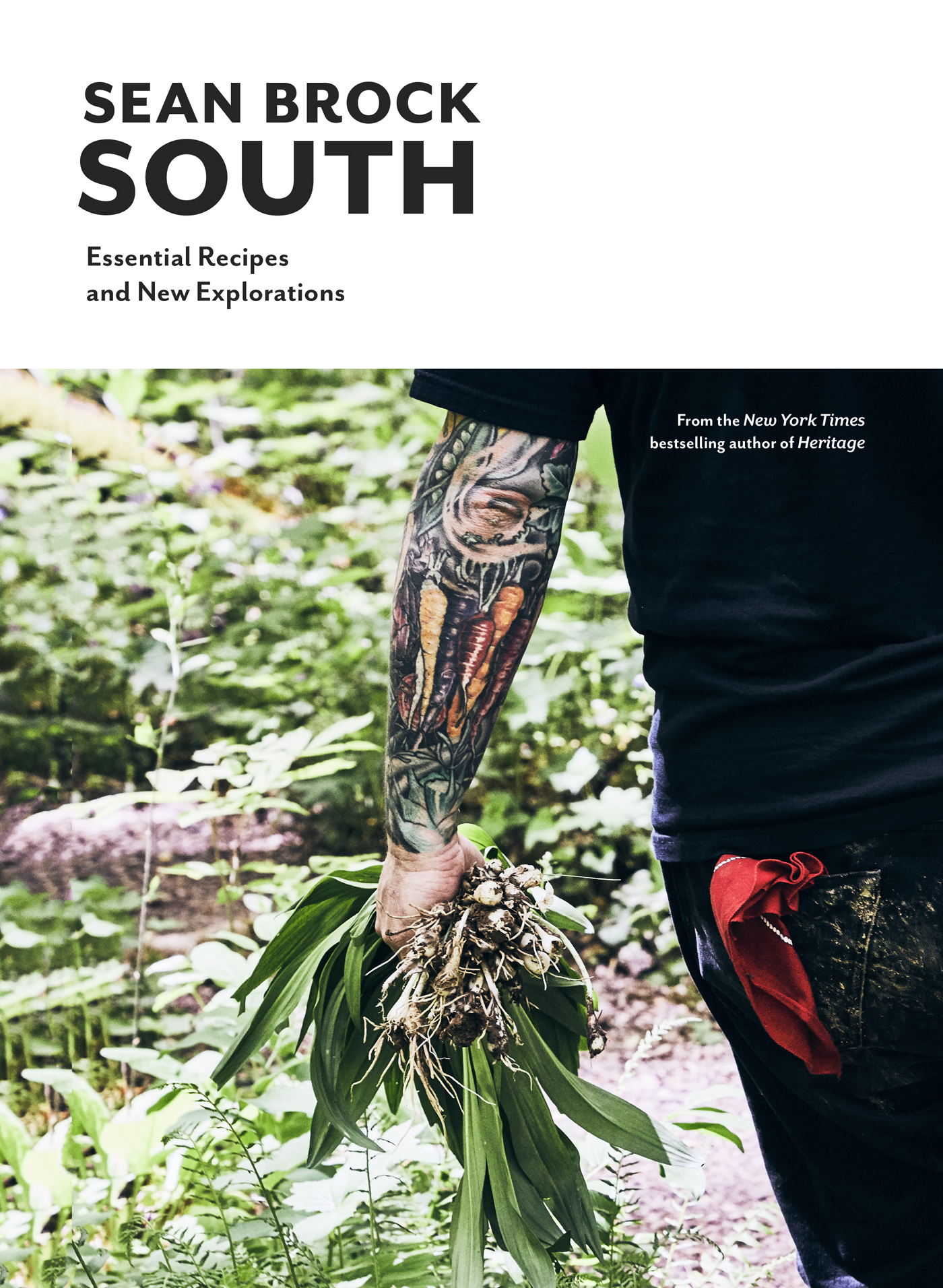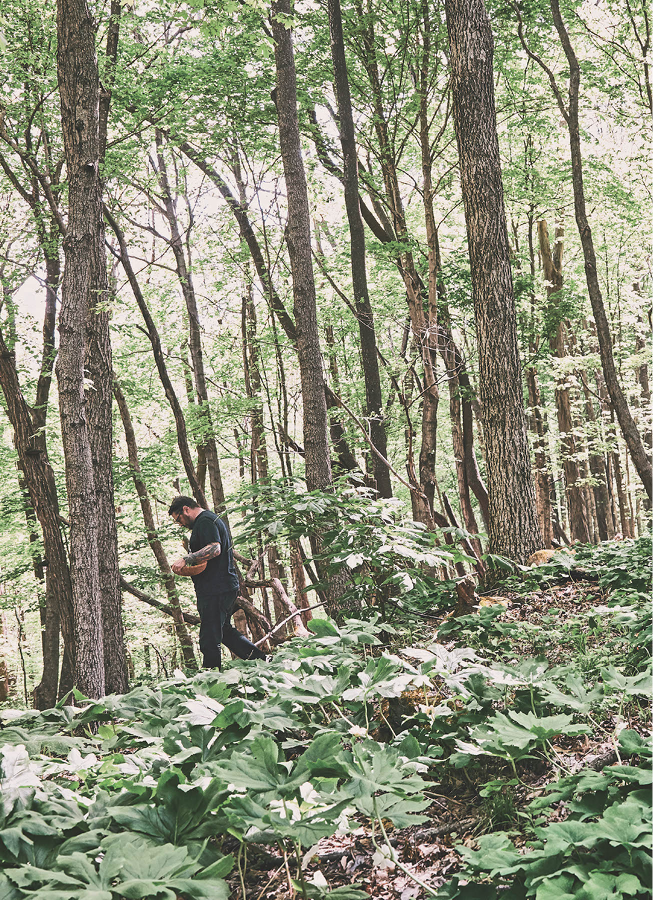
Also by Sean Brock
Heritage
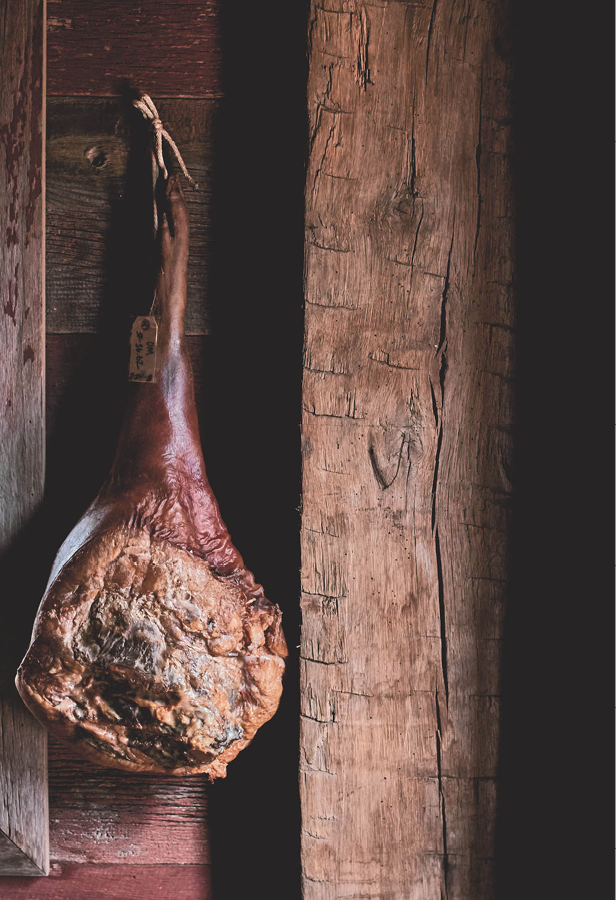
SOUTH
Essential Recipes and New Explorations
Sean Brock
With Lucas Weir and Marion Sullivan
Photographs by Peter Frank Edwards

Artisan | New York
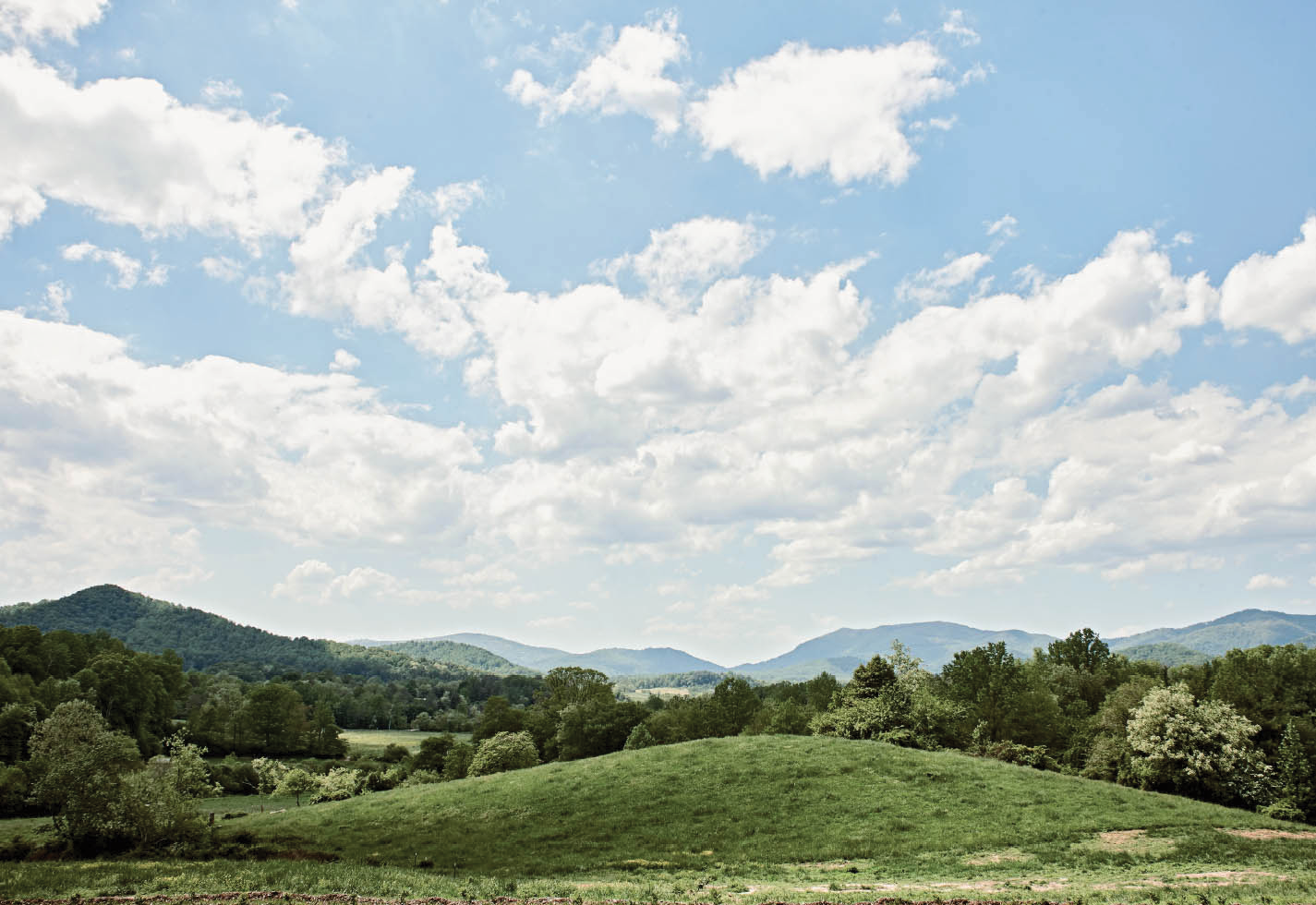
To Leo
CONTENTS
Acknowledgments
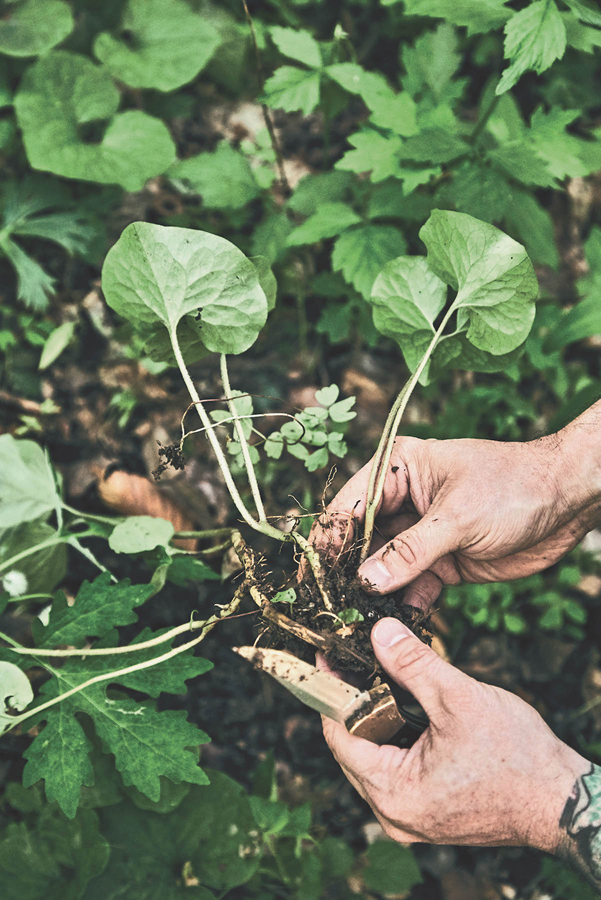
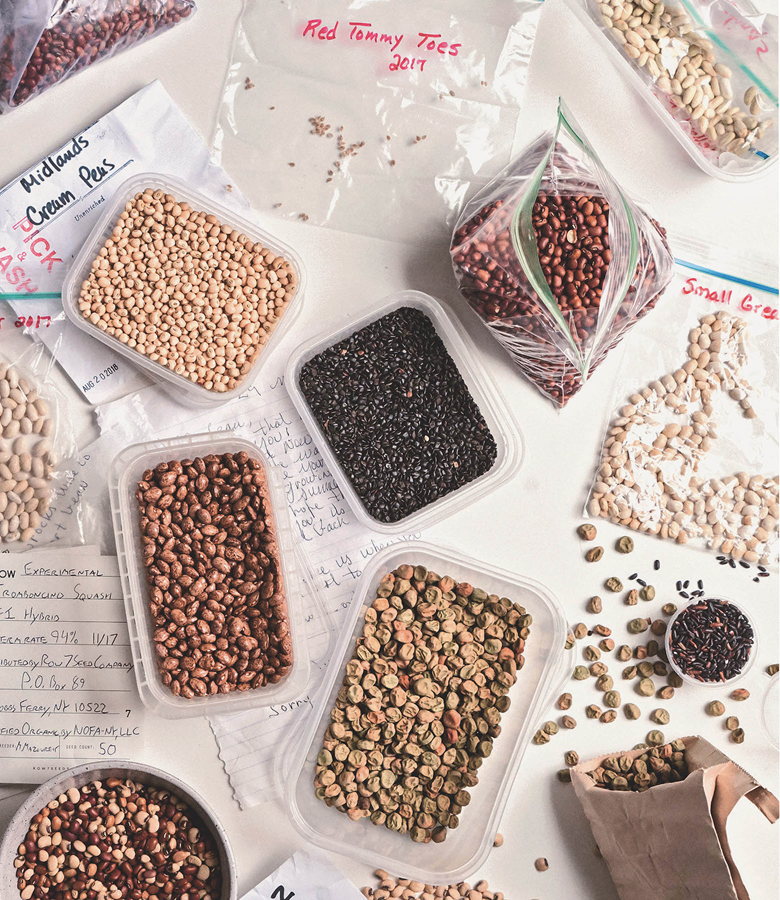
Introduction
I hope that someday I will be remembered for helping people everywhere understand that Southern food should be considered among the most revered cuisines of the world. Far from the stereotypes of heavy, greasy, and overdone dishes, the food throughout the South is vibrant, diverse, seasonal, and evolving. I dont need to preach this to Southerners. But even if you dont live in the South, the ingredients and cooking techniques that make up the Southern canon ought to be part of your pantry. These heirloom ingredients and culinary traditions are part of American history, not just the history of the South. The traditions have stood the test of time because the food is both insanely delicious and nutritious. As human beings, we are hardwired to crave food that is good for our bodies and good for our souls. Southern food satisfies those needs for me, and I think youll agree when you try these recipes. It is an honor to share my favorite classic Southern recipes and my more modern creations, too, for you to cook for the people around your table.
I feel lucky to be able to cook Southern food for a living; it is a gift I am grateful for every day. Feeding people is a privilege, and I have spent my life observing how food nurtures and connects us. Food is medicine, after allit can heal the soul, help mend a broken heart, or calm a busy mind. The craft of cooking, specifically cooking a cuisine that is so rich with tradition, has allowed me to see this in action all over the world and experience how deeply food contributes to our culture. Cuisine is our common thread, and it allows us to speak the same language even when we dont. But what is cuisine? I define it as a combination of three important factors: the people cooking the food and the cultural experiences and history they bring to the table; the physical geography of the place where the food is cooked; and the plants and animals that grow there.
When I think about where American Southern food fits in the scheme of the worlds cuisines, I am filled with pride. I enjoy discovering the links between different cultures that prove we all crave the same kinds of comfort. For example, almost every culture has a beloved porridge or soup or slow-roasted meat dish that is at heart the same as our favorites in the South, only differing in the ingredients that are unique to each particular place. For example, Italys tortellini en brodo , the chicken and dumplings of the American South, and Koreas dak kalguksu are all dishes based primarily on water, chicken, and flour. And all these dishes have two things in common: simplicity and comfort. These traditional dishes have stood the test of time and show how we are all more similar than we are different.
This book is filled with recipes for the foods of my South, but if you dig a little deeper, you just might discover that the foundations of Southern cooking can inspire your own dishes, no matter where you call home. Soul food is soul food wherever you are. Cooking doesnt require complex recipes to leave a lasting memory. I truly believe that if food is made mindfully, thats really all that matters. We are all chasing the same sensations or emotions.
The Beginning
I was born and raised in the southern Appalachian Mountains of Virginia, and I moved to Charleston, South Carolina, to attend cooking school while still in my teens. That move was my first culinary culture shock, and I fell head over heels in love with the city and its food. After stints in Richmond, Virginia, and Nashville, Tennessee, I returned to Charleston to take the executive chef position at McCradys. It was there that I first started to define my relationship with Lowcountry cuisine and, more broadly, Southern cuisine. In the beginning, around 2006, McCradys was a restaurant where food was not only sustenance but also entertainment, where experimentation was a significant impetus for creativity. This was also a time when I realized that I needed to get back to the dirt to find true inspiration. So I tried farming for the first time on my own, without the guidance of my grandmother Audrey, experimenting with new plants and vegetable varietals we could serve at the restaurant. I had gardened growing up, but with my team at McCradys, I took it to another level. Working with the soil reinforced for me just how difficult it can be to grow truly delicious foods and get them out of the field and onto the plate.
Some of the ingredients that we have incorporated into our culinary vocabulary and even take for grantedthink Sea Island red peas, Jimmy Red corn, and Carolina Gold ricewere barely in our collective consciousness ten years ago, but now you can go online and order these Southern heritage ingredients with one click. This is extraordinary considering how closely I used to guard the handfuls of seeds given to me by people like Glenn Roberts of Anson Mills and Bill Best, a professor, farmer, and seed saver in Kentucky. It proves that we can actually contribute to our cuisine one seed at a time and really make a difference.
Later, during my years at Husk, I cooked the traditional dishes that showcased the importance of ingredients that scholar-revivalists like Dr. David Shields and Glenn Roberts have worked so painstakingly to revive. These were the iconic grains, legumes, and seeds that formed the foundation of the Carolina Rice Kitchen, the historic foodways that underpin Lowcountry cuisine as we know it today. You may have eaten hoppin John or a bowl of grits, but until you try dishes like these made with the original, heritage ingredients, you have no idea how good they can be.
Cooking a cuisine using these heritage ingredients demanded a certain simplicity and needed to be presented in a context that made sense. Husk became my worship house for classic Southern dishes. And it not only filled a void in Charleston (and subsequently in Nashville; Greenville, South Carolina; and Savannah, Georgia) but also told the story of Southern cuisineand explored its future too. Reconnecting with, understanding, and respecting these culinary traditions set the stage for innovation.
Keep in mind that Southern cuisine is relatively young. As we recognize it today, it is at best a little more than 250 years old. In contrast to the culinary traditions of France, Italy, Japan, China, and many other nations and regions, Southern food is still in its infancy. Southern cuisine has had to deal with some setbacks too. In the years following the Great Depression, World War II, and the subsequent population boom and increased urbanization of the region, many rural culinary traditions and ingredients were lost. Agricultural development favored efficiency and yield over flavor and nutrition. It all created a situation where traditional recipes made with the available local ingredients were no longer hitting the mark.


